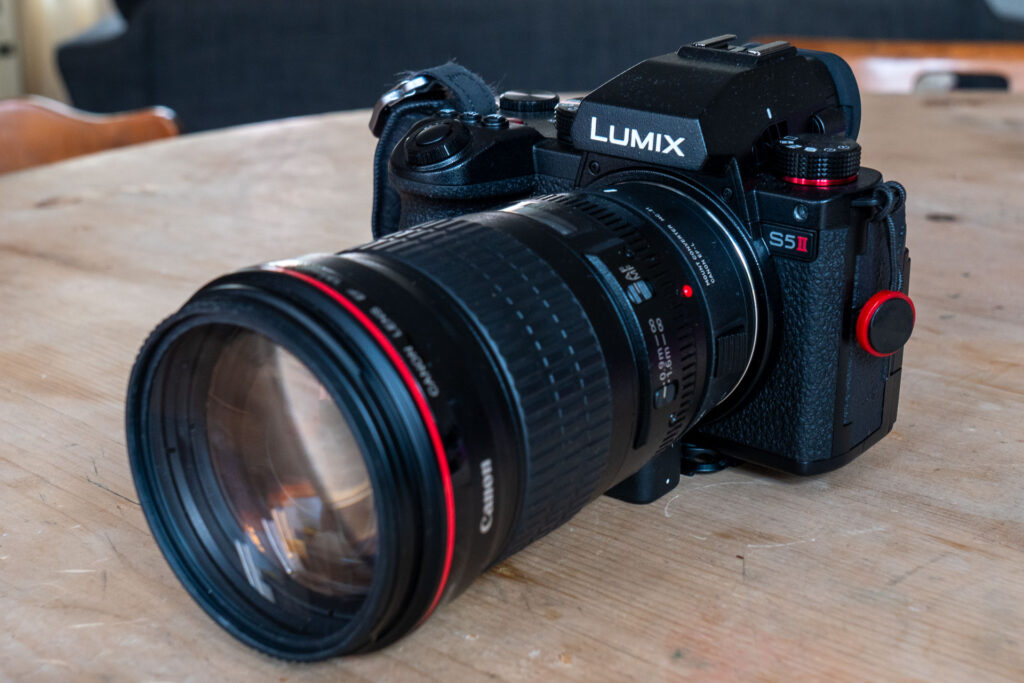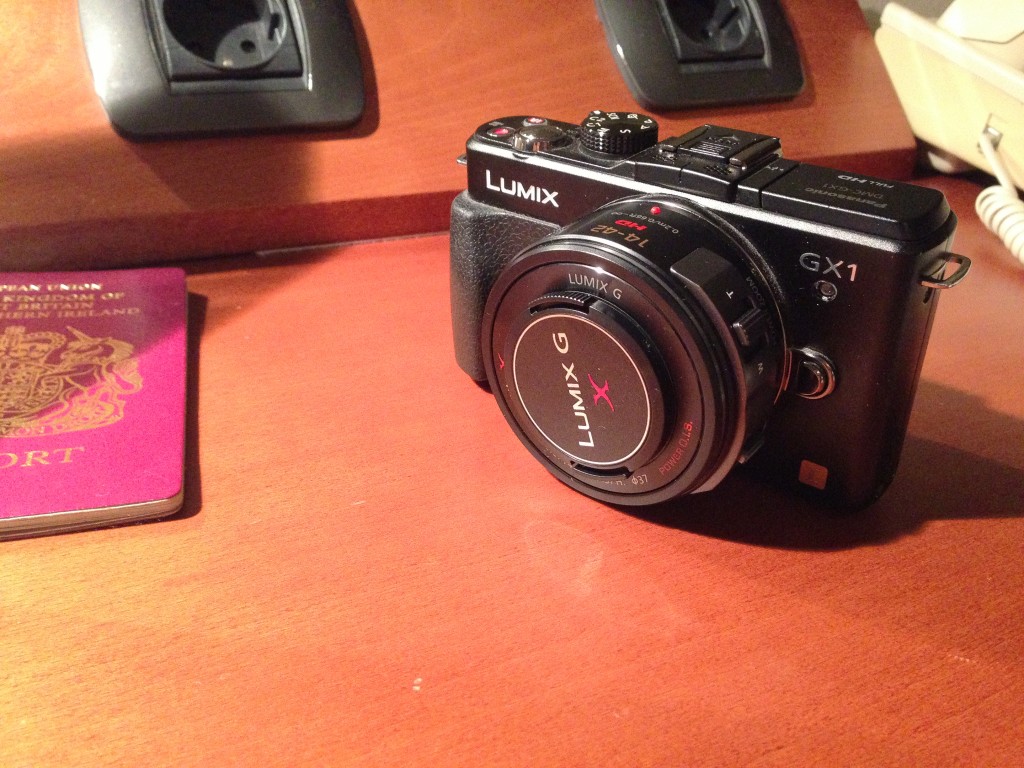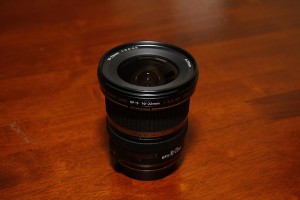After trying several photo management tools I’ve concluded that the best way to manage a photo library is the simplest – copy the files yourself and name the directory.
I also often shoot in RAW+JPG mode on my camera and like to keep the files separate to make viewing saner, so under each event directory I will have a RAW and JPG directory as well.
After downloading, the first step is always to delete the photos that didn’t come out. With both raw and jpeg files to delete this process is a bit of a pain, especially when they’re in separate directories, so I wrote a script that deletes the raw file when the jpg is missing. That way I can simply browse through the JPG directory with Eye of Gnome, delete the photos I don’t want, and the script handles cleanup of the RAW directory.
https://github.com/al4/scripts/blob/master/bash/rawdel.sh
The code is below but you should use the github link above in case it gets improved at some point in the future.
[shell]
#!/bin/bash
# rawdel.sh, a photo workflow script to delete raw files when the jpg has been removed
# By Alex Forbes
#
# I frequently shoot in RAW+JPG mode and when downloading from the camera I like to separate
# the raw and jpg files into separate directories. I then go through the jpg directory and
# delete the rejects. It is a pain to have to manually delete the corresponding raw files as
# well, so I wrote a script to do it for me.
#
# It simply removes RAW files from a directory when the corresponding JPG file has been removed.
# Set these
rawextn=”CR2″ # raw file extension (Canon is CR2)
rawdir=”./RAW” # directory where raw files reside
jpgdir=”./JPG” # directory where jpg files reside
# rawdir and jpgdir can be the same
# Working variables, leave as-is
list=”” # list of files that have been deleted
rawlist=”” # the list of raw files that we will delete
filecount=”” # number of files we will delete
# Operate on each raw file
for f in $(ls -1 $rawdir/*.$rawextn); do
# Corresponding JPG file is:
jpgfile=$(basename $f | sed “s/\.$rawextn$/.JPG/”)
# If this JPG file doesn’t exist
if [ ! -f $jpgdir/$jpgfile ]; then
# Add to our list of files that have been deleted
list=$(echo -e “${jpgfile} ${list}”)
fi
done
# Convert jpg filenames back to corresponding raw filenames
rawlist=$(echo ${list} | sed ‘s/\.JPG$/.CR2/g’)
filecount=$(echo -e ${rawlist}| awk ‘END{print NF}’)
if [ $filecount == 0 ]; then
echo “No files to delete”
exit 0
fi
echo -e “About to remove $filecount files:\n${rawlist}”
read -p “Continue? [Y/N] ” prompt
if [[ $prompt = “Y” || $prompt = “y” ]]; then
# Delete all files in the list
for f in ${rawlist}; do
rm -v $rawdir/$f
done
exit 0
else
echo -e “\nAborted.”
exit 1
fi
[/shell]








